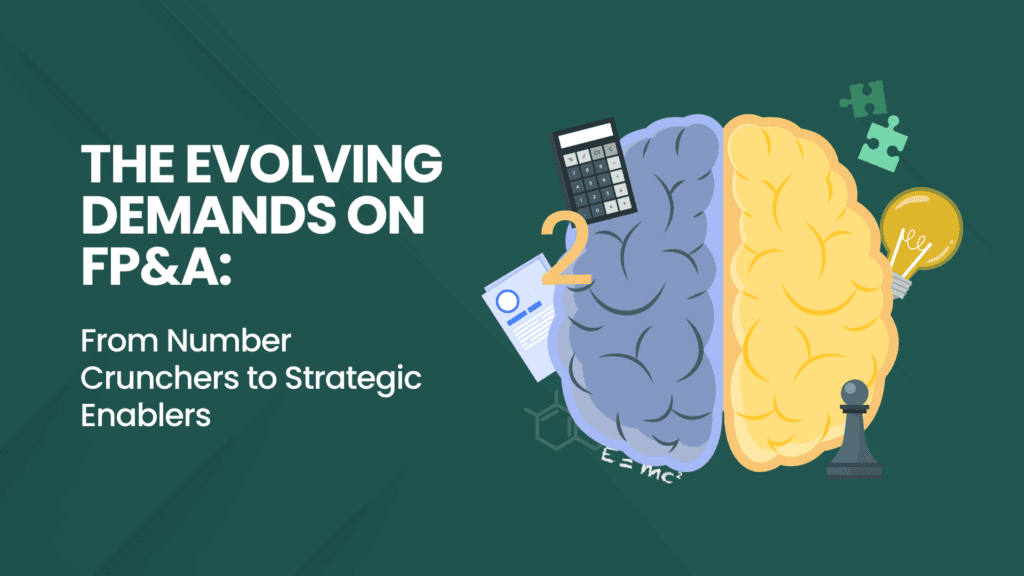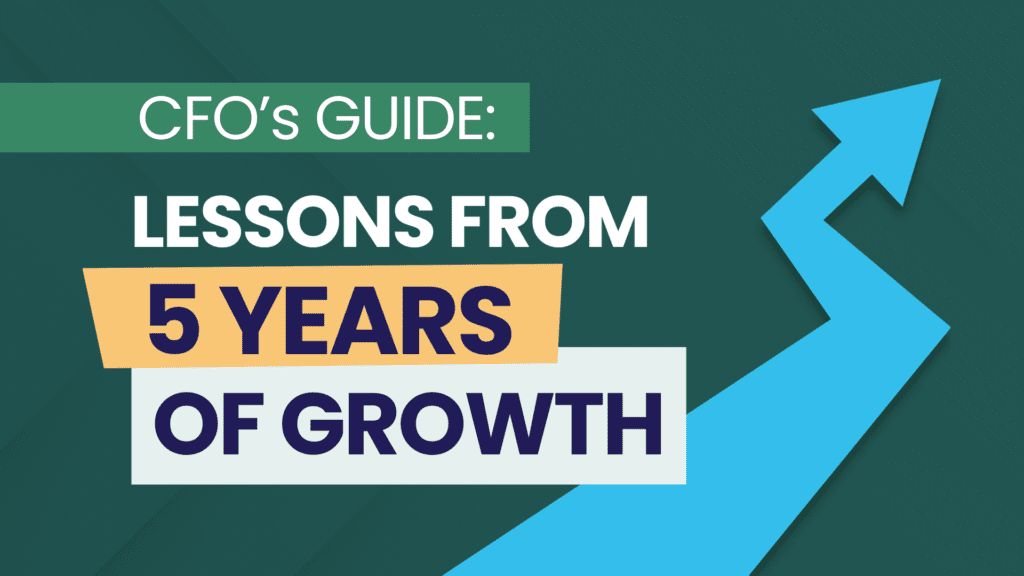The Evolving Demands on FP&A: From Number Crunchers to Strategic Enablers

The tech focus in GrowCFO turns to FP&A in quarter 3.
We can’t discuss the tech without first understanding what’s happening in FP&A and the issues that teams are facing. Once seen as the rear-view mirror of the business, FP&A teams are now expected to drive with the headlights on—navigating complexity, enabling agility, and delivering foresight.
But this evolution comes with pressure.
From Financial Stewards to Strategic Advisors
Traditionally, FP&A teams were focused on budgeting, forecasting, and variance analysis—core tasks rooted in financial stewardship. Today, the ask is far broader:
- Provide real-time insights
- Enable decision-making across the business
- Model multiple scenarios with agility
- Tell compelling data stories to non-finance stakeholders
To meet these expectations, the FP&A role is shifting from spreadsheet jockeys to strategic storytellers—and from report generators to forward-thinking collaborators.
The Data Dilemma: Too Much Time, Not Enough Value
A recent study found that only 35% of FP&A time is spent on high-value activities like generating insights or influencing decisions. The other 65%? Swallowed by data collection, validation, and reconciliation.
❝ FP&A teams are drowning in data, yet starved of insights. ❞
Fragmented data sources, Excel-based models, and manual processes mean teams are stuck in a perpetual cycle of chasing accuracy instead of driving action.
Legacy Tools, Siloed Systems
Despite the promises of digital transformation, 52% of FP&A teams still rely primarily on Excel for planning. While familiar, it lacks the scalability and integration required for today’s business pace.
Add to that:
- Poor data quality (a top barrier to decision-making for 9% of organizations)
- Disconnected systems and business units
- Delayed and duplicated effort across teams
It’s no wonder CFOs are increasingly prioritizing investment in planning platforms, automation tools, and AI-enabled analytics.
New Skills, New Tools, New Mindsets
To meet modern demands, today’s FP&A professionals need more than financial acumen. The evolving toolkit includes:
- Data literacy & storytelling
- Scenario planning & predictive modeling
- Cross-functional collaboration
- Familiarity with AI, automation & cloud-based tools
Finance leaders must invest in upskilling, redefining team structures, and embracing new technologies—not just for efficiency, but for competitive advantage.
What Comes Next?
The future of FP&A is not about working harder—it’s about working smarter.
✅ Automate the mundane
✅ Elevate the role of insight
✅ Empower finance to guide strategy, not just track it
As finance moves from the back office to the front line of strategy, the most successful FP&A teams will be those who adapt quickly, think critically, and embrace change boldly.
So, what’s in store for Q3 in GrowCFO? It’s not all about Tech, great systems and processes need great people, so we’re planning some powerful team training alongside examining the latest innovations:
- FP&A Tech Innovation Report – 31 July
- FP&A Tech Showcase – 24 September
- FP&A Skills Workshop – 30 September
- FP&A Bootcamp – Starting 14 October
We’d love to hear from other finance professionals:
How is your FP&A team evolving? What’s been your biggest challenge or success in the shift?





Responses